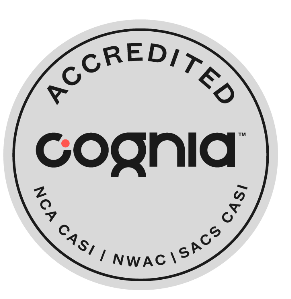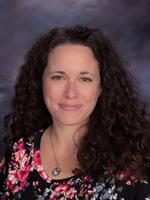Canyons School District students continue to outperform their Utah peers on most of the SAGE tests, in some areas by as many as 13 percentage points.
It’s an encouraging trend, driven by improved scores on most elementary and middle school tests.
“We continue to reap the dividends of major initiatives undertaken over the years,” said CSD’s Research and Assessment Director Hal Sanderson, Ph.D. “The data reflect the quality and hard work of our teachers, as well as the District’s unwavering focus on research-based instructional practices and the high standards embraced by our Board of Education.”
State SAGE results for the 2016-2017 school year are available for all school districts on the Utah State Board of Education website.
Elementary Schools (3-5)
In elementary schools, Canyons is well above the state average in all subject areas. The following shows the percentage of elementary students who tested proficient in 2016-2017:
English: CSD (59 percent), state (46 percent)
Math: CSD (62 percent), state (51 percent)
Science: CSD (58 percent), state (49 percent)
Middle Schools (6-8)
In middle schools, Canyons is well above the state average in all subject areas. The following shows the percentage of middle school students who tested proficient in 2016-2017:
English: CSD (53 percent), state (44 percent)
Math: CSD (49 percent), state (44 percent)
Science: CSD (62 percent), state (50 percent)
High Schools
Canyons District’s high school scores for the 2016-2017 school year can’t reliably be compared to the state average, because for the first time, CSD’s 11th graders were not required to take the test. They took the ACT college entrance exam, instead.
Utah students took the state-mandated Student Assessment of Growth and Excellence (SAGE) tests for the first time in spring 2014. The tests were designed to measure more challenging state standards in mathematics, English language arts, and science. The SAGE tests are one of many measurements of student achievement. Other test data also show rising student achievement in Canyons School District.
Sanderson credits a number of initiatives, including: moving sixth-graders from elementary school to middle school where they receive more classroom instruction in core subjects; an effort to move teachers out of their silos to work as teams to monitor student progress; extensive professional development (half of all CSD teachers have a master’s degree); and the implementation of daily brain booster classes in art, physical education and STEM give teachers time to collaborate and hone their lesson plans.
“An ambitious construction plan to upgrade and modernize our schools also likely has played a role,” Sanderson says. “Classrooms built in the sixties and seventies with two electrical outlets are not conducive to the computerized demands of 21st century learning.”





